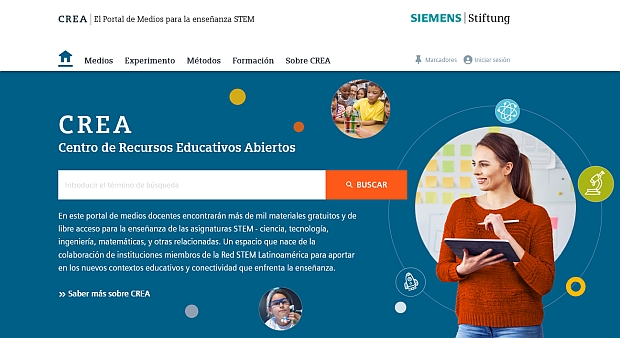Artificial intelligence – How does machine learning work?
Interactive
Interactive graphic:
This graphic shows step by step how AI is trained and how it learns to differentiate between dogs and cats.
Type of media:
Interactive (2.2 MByte)
Last update:
2020-08-18
License:

This medium is made available under a CC BY-SA 4.0 international license.
What does this mean?
How to reference this medium

This medium is made available under a CC BY-SA 4.0 international license.
What does this mean?
How to reference this medium
Media package:
Description:
The AI trainer is a person who provides the objectives and training data. The AI system works through the training data. At the beginning, AI evaluations are often incorrect. The AI system receives feedback on each answer. In the AI neural network, which comprises many neuron layers, the neurons are weighted via the feedback during training. The recognition rate improves. The training result can be stored to be used by algorithms when AI performs its work.
Related media:
Learning resource type:
Interactive graphic
Subjects:
Business education; Civics and Politics; Ethics; Information and Communication Technology (ICT); Technology
Grade levels:
Grade 7 to 9; Grade 10 to 13
School types:
Middle/high school; Vocational training
Keywords:
Computer technology; Data processing; Data protection; Information Technology; Internet; Robot; Society; Technology
Bibliography:
Siemens Stiftung Media Portal
Author:
MediaHouse GmbH using material from Erfurth Kluger Infografiken GbR; iRights.Lab; SequereMe - Own work by Dr. Wolfgang Rost., CC BY-SA 3.0, https://commons.wikimedia.org/w/index.php?curid=5685295 (head of German herding dog, license: CC BY-SA 3.0); Kiorme - Own work, CC BY 3.0, https://commons.wikimedia.org/w/index.php?curid=5318615 (old German black herding dog, license: CC BY 3.0); Jean-Luc 2005 - self-made by Jean-Luc 2005 Original: de.wikipedia.org 07:08, 2006-06-23 . . 1,024×768 (647 KB) . . Jean-Luc 2005, Public Domain, https://commons.wikimedia.org/w/index.php?curid=5935398 (dog lying down, Public Domain); Eva Holderegger Walser - Own work, CC BY-SA 2.5, https://commons.wikimedia.org/w/index.php?curid=1511210 (Australian cattle dog, license: CC BY-SA 2.5); Alvesgaspar - Own work, CC BY-SA 3.0, https://commons.wikimedia.org/w/index.php?curid=9747579 (tabby cat, license: CC BY-SA 3.0); Wassertraeger (إنغو) - Own work (Original text: own photo), CC BY-SA 3.0 de, https://commons.wikimedia.org/w/index.php?curid=62639512 (sleeping cat, license: CC BY-SA 3.0); Gennaro Visciano from Torre del Greco (NA), Italy - Flickr, CC BY 2.0, https://commons.wikimedia.org/w/index.php?curid=348509 (cat with mouse, license: CC BY 2.0); Felari - Own work, CC BY 3.0, https://commons.wikimedia.org/w/index.php?curid=36380601 (Maltese cat on a red chair, license: CC BY 3.0)
Rights holder:
© Siemens Stiftung 2020


